Hidden from plain sight: anesthesiology and radiology
My time here at Santhiram General is going by really quickly. Being at the hospital from 9 AM to 5 PM and going back for a partial night shift at 5:30 PM doesn’t give me a lot of time to contemplate my experiences. Writing these blog posts every Sunday gives me a chance to elicit broad themes that I encountered in the previous week and think about my independent study. This past week consisted of a look at radiology and anesthesiology.
Going into my anesthesia rotation, I already had an idea of what anesthesiologists did through my surgery posting, so I was curious to see if I could learn anything new about a department working largely in the background. On my first day with anesthesia, a conversation with an anesthesiologist revealed that the field is not a popular specialization choice in India due to its behind the curtain nature. Despite this, anesthesiologists are an important part of the surgical team, as they make sure the patient is comfortable and safe during the operation. They also have knowledge about the whole body to resolve issues that could occur in all the operating departments. This gives them a unique set of skills in the surgical suite, which is helpful in ensuring that operations occur successfully.
- In the anesthesia block in OT
- In my anesthesia posting
My observation of the anesthesiology department started in the OT in the morning and moved to the anesthesia office for a pre-op history taking session in the afternoon. The OT session was filled with a discussion of the various types of anesthesia (general and spinal) and a walk-through of an anesthesiologist’s day behind the operating table, while the history session involved taking patient history and checking vitals for a surgery to be performed on the next day. These experiences were supplemented by talks with doctors about the field of anesthesiology, making for an informative two-day stint in the OT.
Similarly to anesthesiology, another medical department that isn’t associated with a lot of patient contact is radiology. Radiology is in high-demand in India primarily because of its high pay, and buying admission (through management quota, a program which exchanges med school admission for a cash payment) into a radiology PG program is extremely expensive. Radiologists in India interpret radiographs (X-ray, CT, etc…) and perform ultrasounds; in contrast to the popular notion of radiologists working at home, many radiologists in India come to the hospital regularly to perform ultrasounds, which a large percent of the population utilizes due to their low price compared to X-rays and CT scans. For this reason, there are two ultrasound rooms at Santhiram General: one for the OBGYN department and the other for all other departments. I observed the ultrasounds done in both rooms, and part of my posting consisted of watching radiologists write reports and read CT scans. About 80-100 patients receive scans each day, and all of the departments in the hospital, both surgical and medical, rely on these reports to diagnose patients, showing the importance of radiology at Santhiram General (and, at most hospitals).
- The ultrasound room
- CT and accessories
In the upcoming week, I will be completing my OBGYN and Ortho postings and writing another blog post.

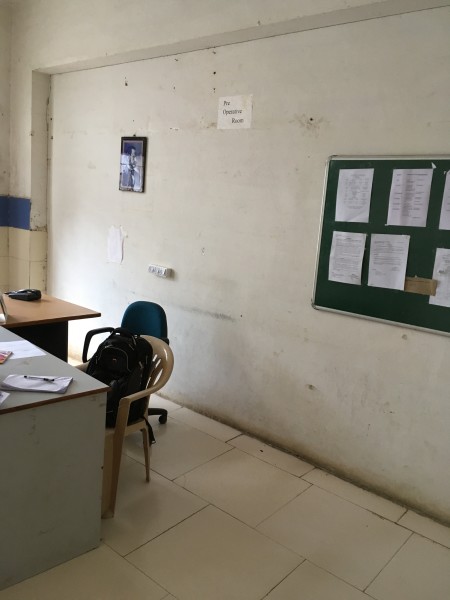
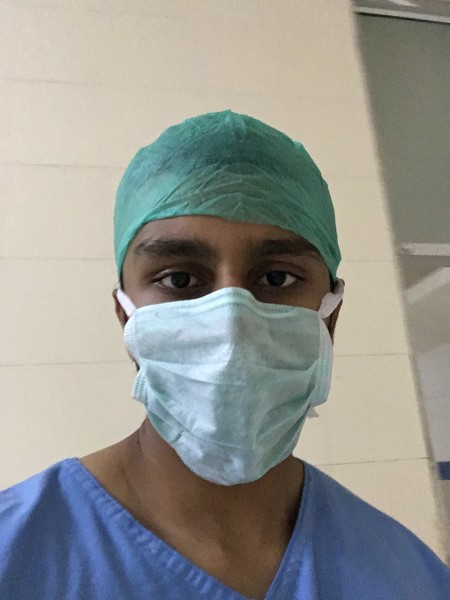
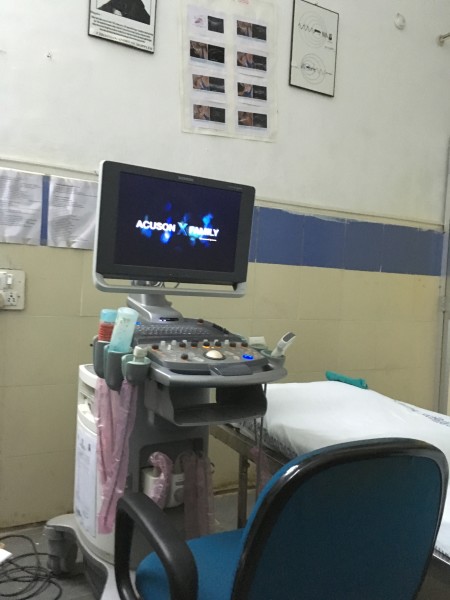
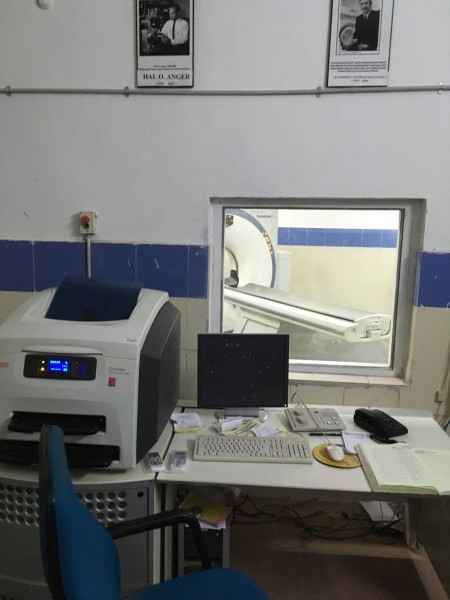

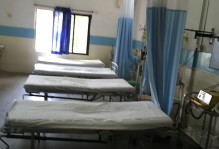
No comments.
Comments are currently closed. Comments are closed on all posts older than one year, and for those in our archive.